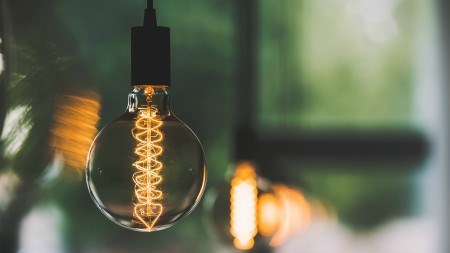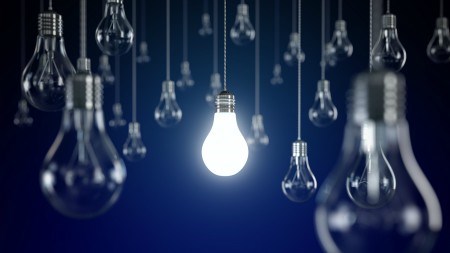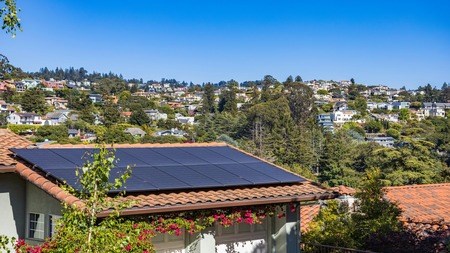Cost saving options for powering your home.
Sharply rising electricity costs - along with municipal rates and other utility tariffs - have long been a housing-related challenge. FNB’s Consumer Price Index for Electricity shows that electricity tariff rises have outstripped income growth since 2008 by a massive 82.71%.
This provides a strong incentive for households to lower electricity consumption to compensate for the sharp electricity cost increases. One way of achieving this is to move to a smaller home with fewer frills such as swimming pools, which significantly add to operating costs. Another way is to cut electricity costs, through more efficient use of existing equipment.
South African households, on average, use electricity in the following ways:
- Geysers - 24%
- Space heating and cooling - 18%
- Lighting - 17%
- Cooking - 11%
- Fridges and freezers - 8%
- Consumer electronics on standby mode - 15%
- Consumer electronics - 5%
- Other -2%
Tips for saving
Hot water cylinders
Geysers account for about one-quarter of electricity consumption in most households, so it makes sense to look at these appliances first when trying to find ways of cutting costs.
- To optimise efficiency, geysers should be fitted close to the rooms where hot water is being used. In a large house, installing one geyser for the kitchen and another for the bathrooms will minimise the amount of water tapped from each geyser.
- Insulate your geyser and your hot water pipes. A geyser blanket and pipe insulation reduce the cooling rate of a geyser when it is switched off, so less electricity is used to reheat the water to the preset temperature. According to Eskom, geyser blankets and pipe insulation will save an average household of four between R180 and R250 a year.
- Instead of bathing, take short showers which use far less water. Install energy and water saving shower heads to further reduce hot water consumption by about 24%.
- Switch off the geyser when you go on holiday.
In the kitchen
Freezers and refrigerators use less electricity when filled to the recommended capacity. Each item above or below this will increase electricity usage by 10 to 20%.
- Choose a refrigerator size based on the needs of your family.
- Set the refrigerator temperature between 2°C and 5°C and the freezer to about -19°C.
- If you don’t have a frost free freezer, ensure that your freezer is regularly defrosted and keep the fridge and freezer doors properly closed to minimise loss of cooling.
- To check that door seals are in good condition, close the door on a piece of paper. If it slides out easily, it’s time to replace the seals.
- Exposed condenser coils or panels at the back of the unit must be kept clean and dust free to minimise power consumption.
- Do not place fridges or freezers near a stove or against an uninsulated wall that faces the sun. Allow adequate space for free air circulation so the air can carry heat away from the fridge - if air cannot circulate, the fridge won’t work properly.
Dishwasher energy consumption can be reduced by filling the machine completely before operating. Filters must be kept clear of debris as blocked filters reduce efficiency and waste energy. Always use the eco cycle if available.
For your washing machine use the cold cycle with a detergent designed to be effective in cold water. Avoid partial loads, which waste electricity and water.
Tumble driers use a lot of electricity, so air dry your laundry as often as possible. If you live in a flat or cannot hang washing outside, you may be able to air dry it with a drier or airer.
Pool pumps
Swimming pool pumps use a lot of electricity, so set the timer to run for as few hours a day as possible without affecting water quality.
Lighting
Instead of incandescent globes, switching to compact fluorescent lamps (CFL) or LED lighting could save you about 75 percent of the power you use on lighting.
Replace outdoor lamps with solar powered lights.
Solar panels
Roof-mounted solar panels can be used to heat water as well as generate electricity. Installation of the solar system may be expensive, but you should be able to recoup your costs within a few years.
Insulation
A lot of heat escapes through the ceiling and roof. By insulating these two areas, your home will be about 5° C warmer in winter and cooler by 10° C in summer.
Consider installing energy efficient windows that help maintain even temperatures indoors.
Room temperatures of 18 to 20° C are ideal for most people. Encourage family members to use extra clothes, blankets and hot-water bottles to keep warm in winter without switching on heaters.
Old appliances
Old appliances may become inefficient and consume a lot more electricity. Investing in energy STAR appliances and electronics will save you money in the long run.
Standby electricity: Appliances such as televisions, DVD players, computers and cellphone chargers should not be left in standby mode as they continue to generate and use power. Switch them off at the power point when not in use.



